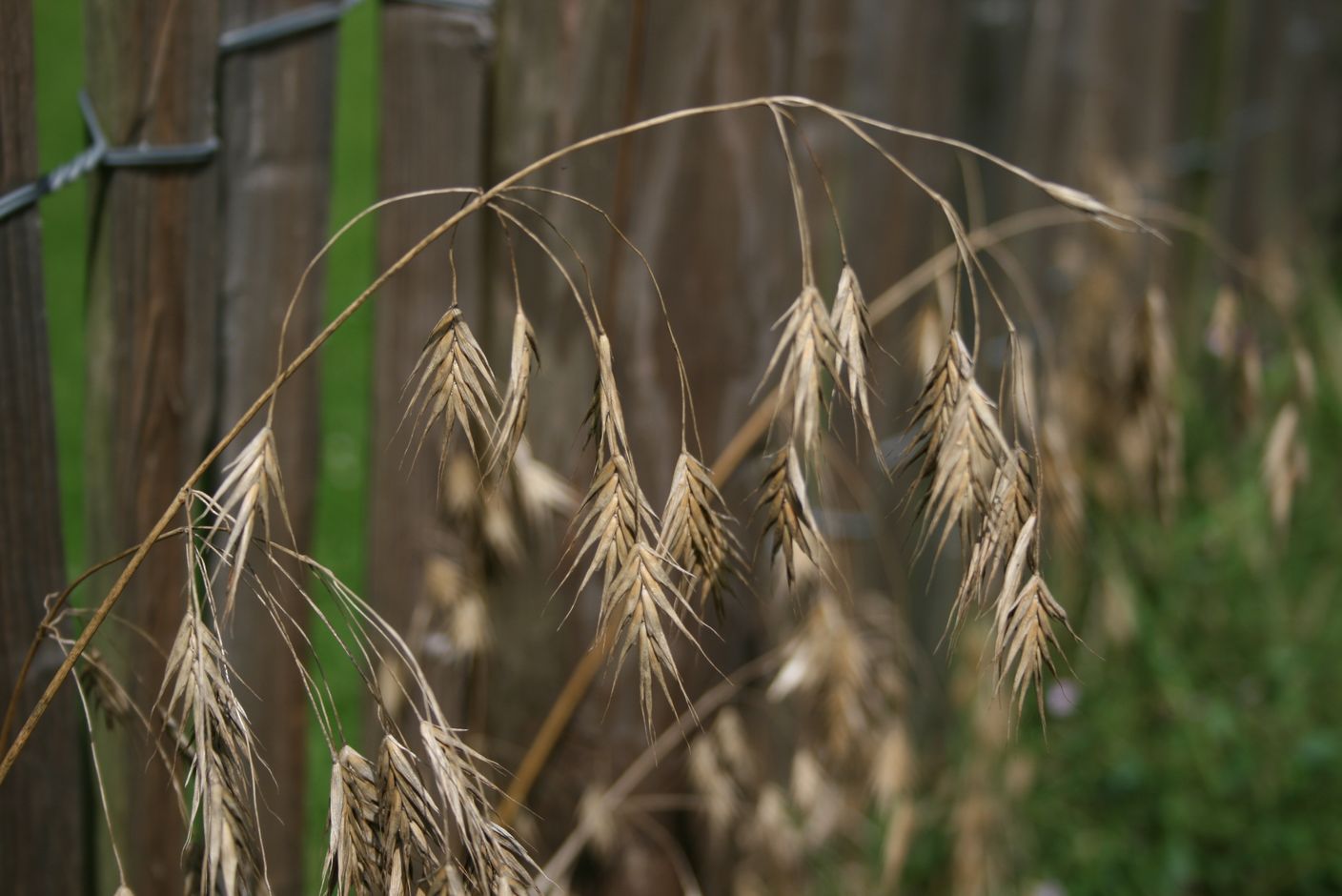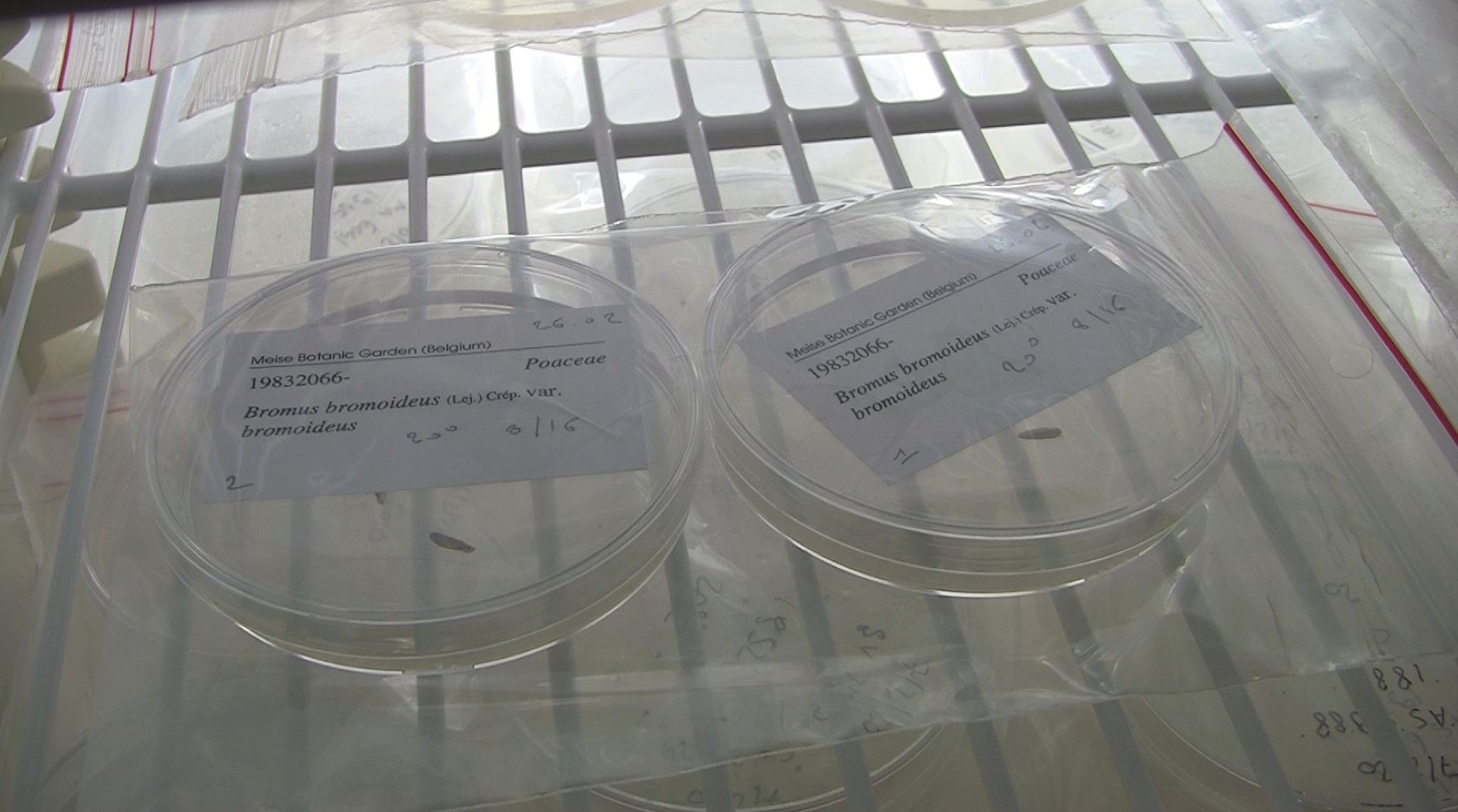[Science news] - A framework to identify constraints to post-extinction recovery of plant species—Application to the case of Bromus bromoideus

This study (*) proposes a framework to analyse constraints to post-extinction recovery based on the case of Bromus bromoideus, a species endemic to southern Belgium and northern France, extinct in the wild since 1935. The plant still exists in ex situ collections, and seeds stored for decades at 5% moisture content and -20 °C have shown a good viability.
 We initiated a feasibility study to assess the risks associated to a programme aiming at reviving this long-extinct species. Several constraints were identified. Biological constraints are related to the fuzzy taxonomy of the species, the unknown origin of the seeds and undocumented ex situ cultivation, and the likely low genetic diversity of the material available for reintroduction. Ecological constraints are linked to the habitat of the species. B. bromoideus has no known natural habitat and is only found in cultivated fields, which are by definition highly anthropized unprotected areas.
We initiated a feasibility study to assess the risks associated to a programme aiming at reviving this long-extinct species. Several constraints were identified. Biological constraints are related to the fuzzy taxonomy of the species, the unknown origin of the seeds and undocumented ex situ cultivation, and the likely low genetic diversity of the material available for reintroduction. Ecological constraints are linked to the habitat of the species. B. bromoideus has no known natural habitat and is only found in cultivated fields, which are by definition highly anthropized unprotected areas.
This study shows the importance of undertaking a preliminary study that addresses all aspects of technical feasibility, scientific justification, biological and societal risks. Based on this exercise and inspired by international standards, we developed a decision tool to assist conservationists to resurrect a plant species in the best possible way.
(*) Godefroid S., Piqueray J., Delescaille L.M., Monty A., Mahy G. 2020. A framework to identify constraints to post-extinction recovery of plant species—Application to the case of Bromus bromoideus. Journal for Nature Conservation 54: https://doi.org/10.1016/j.jnc.2020.125802



